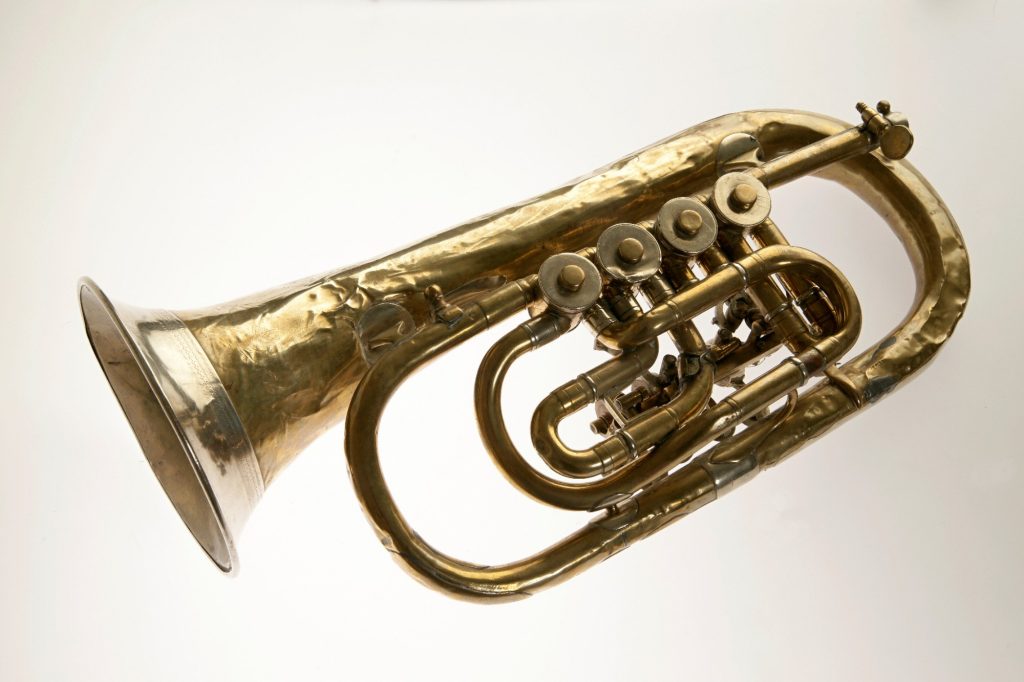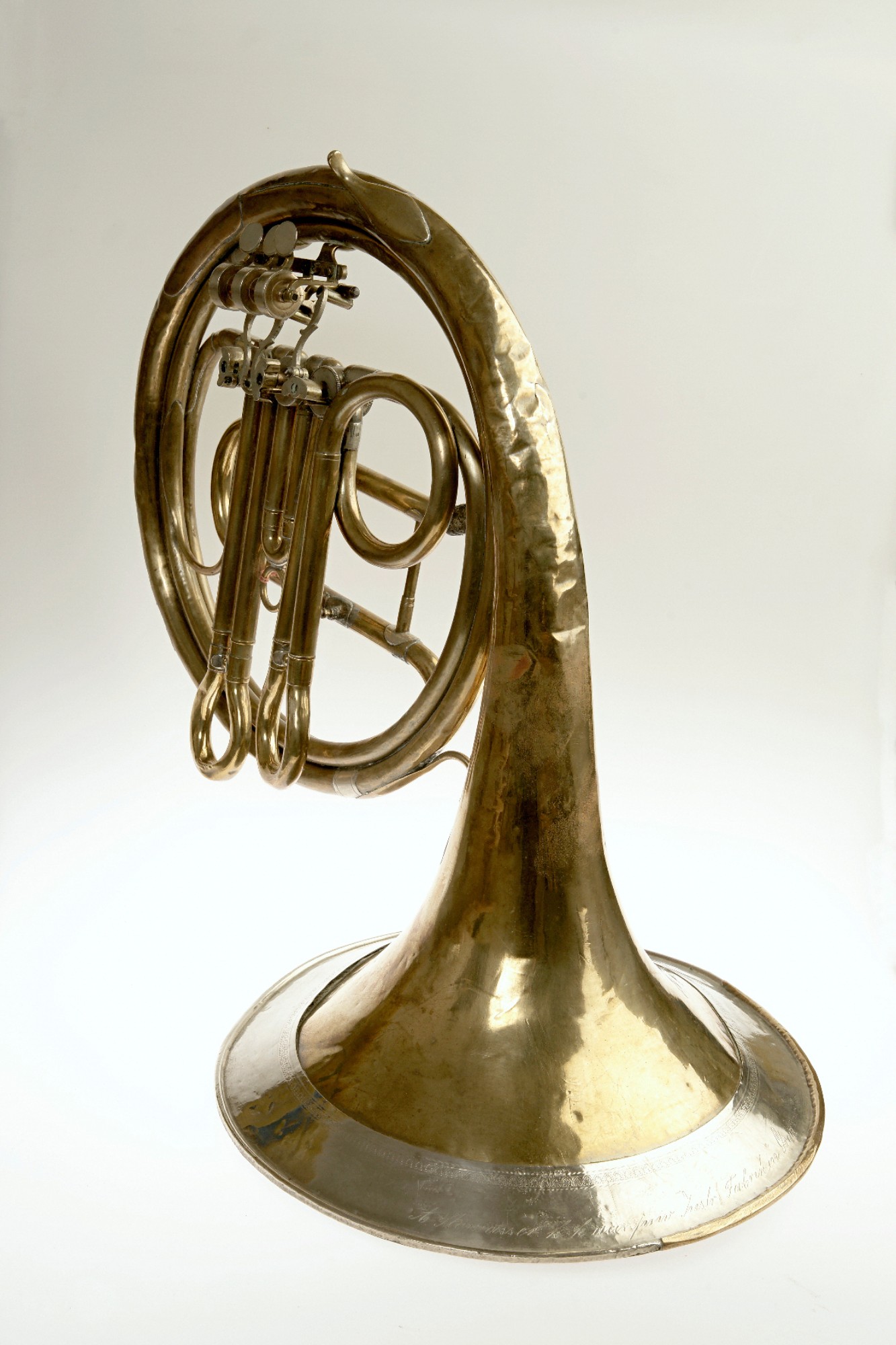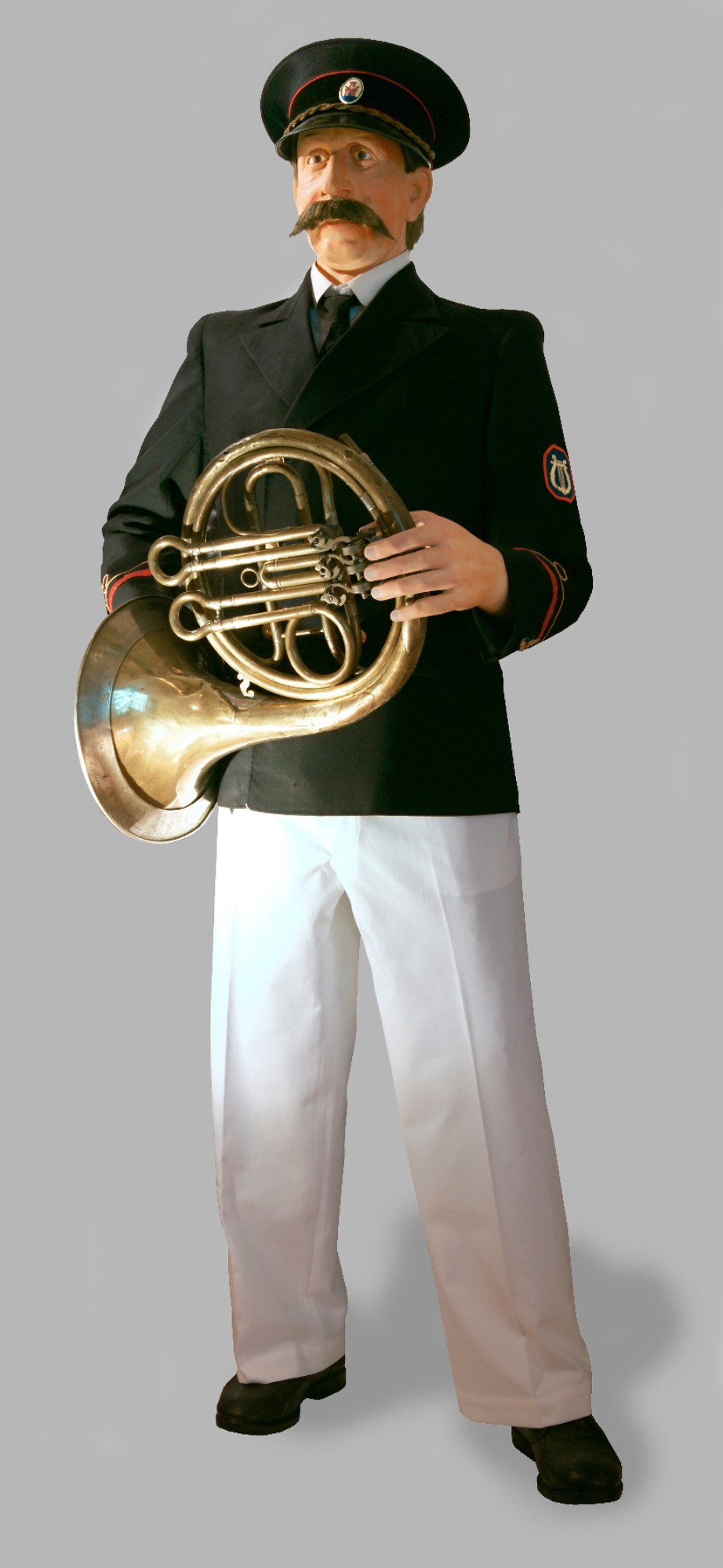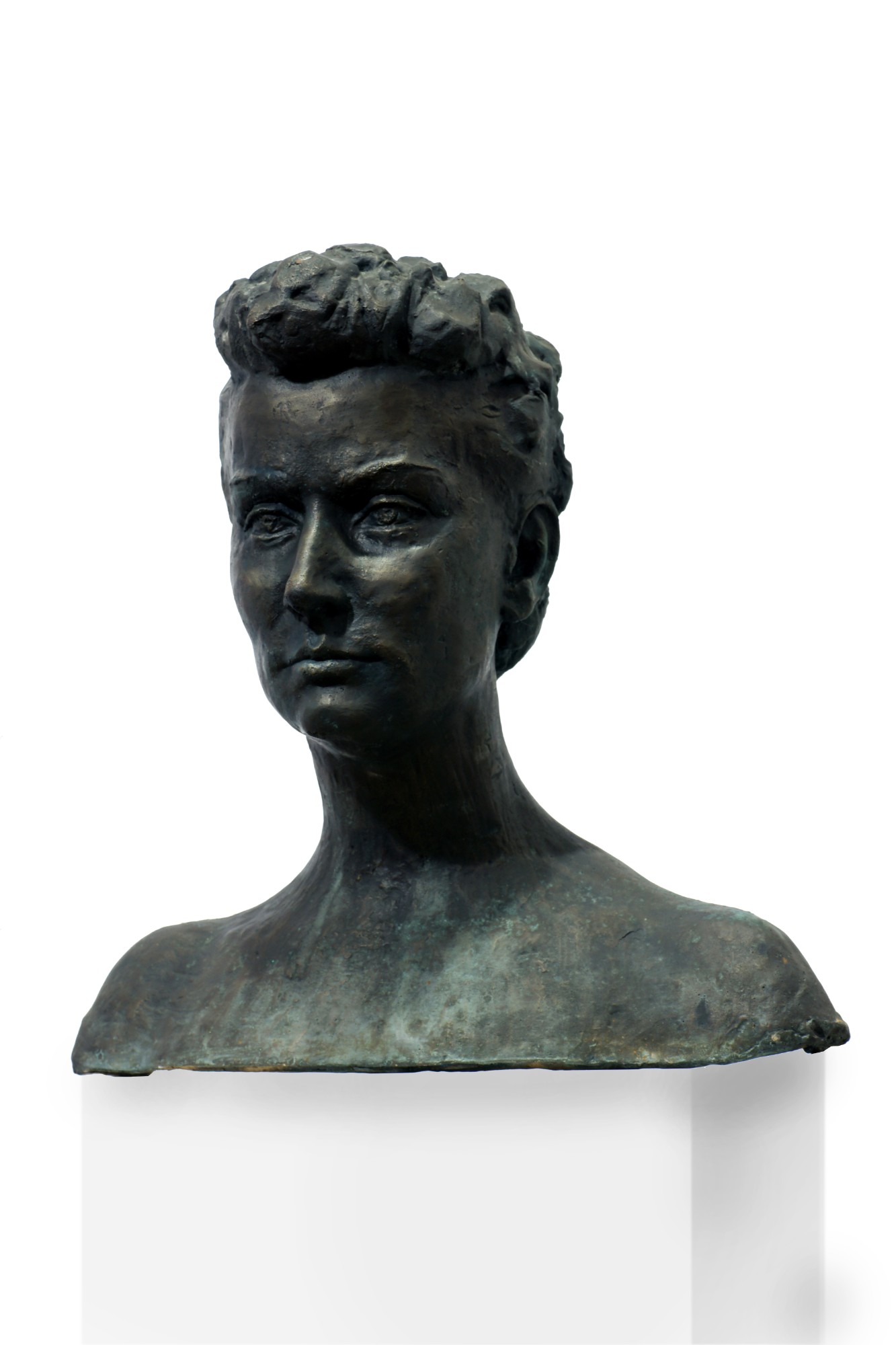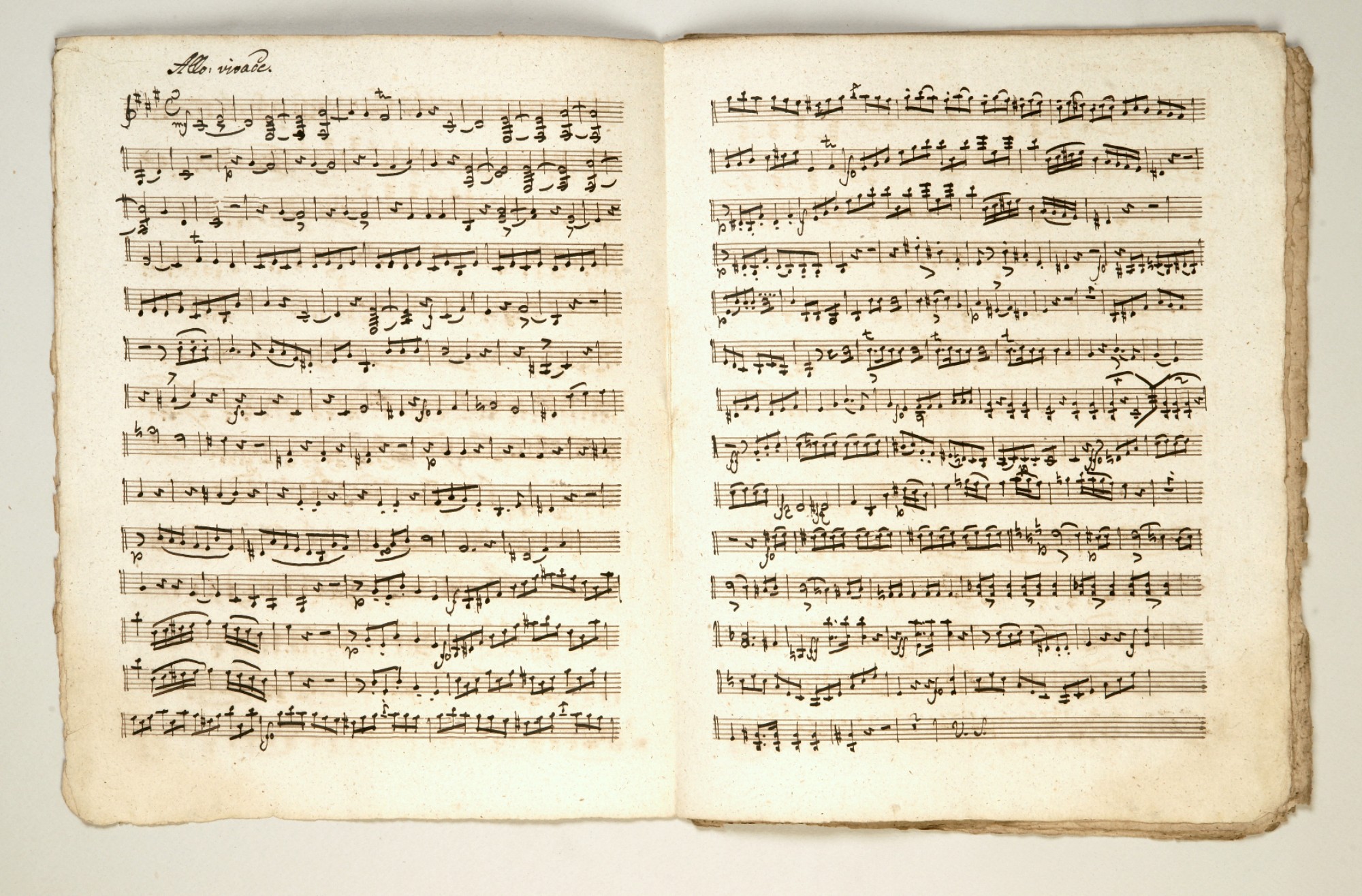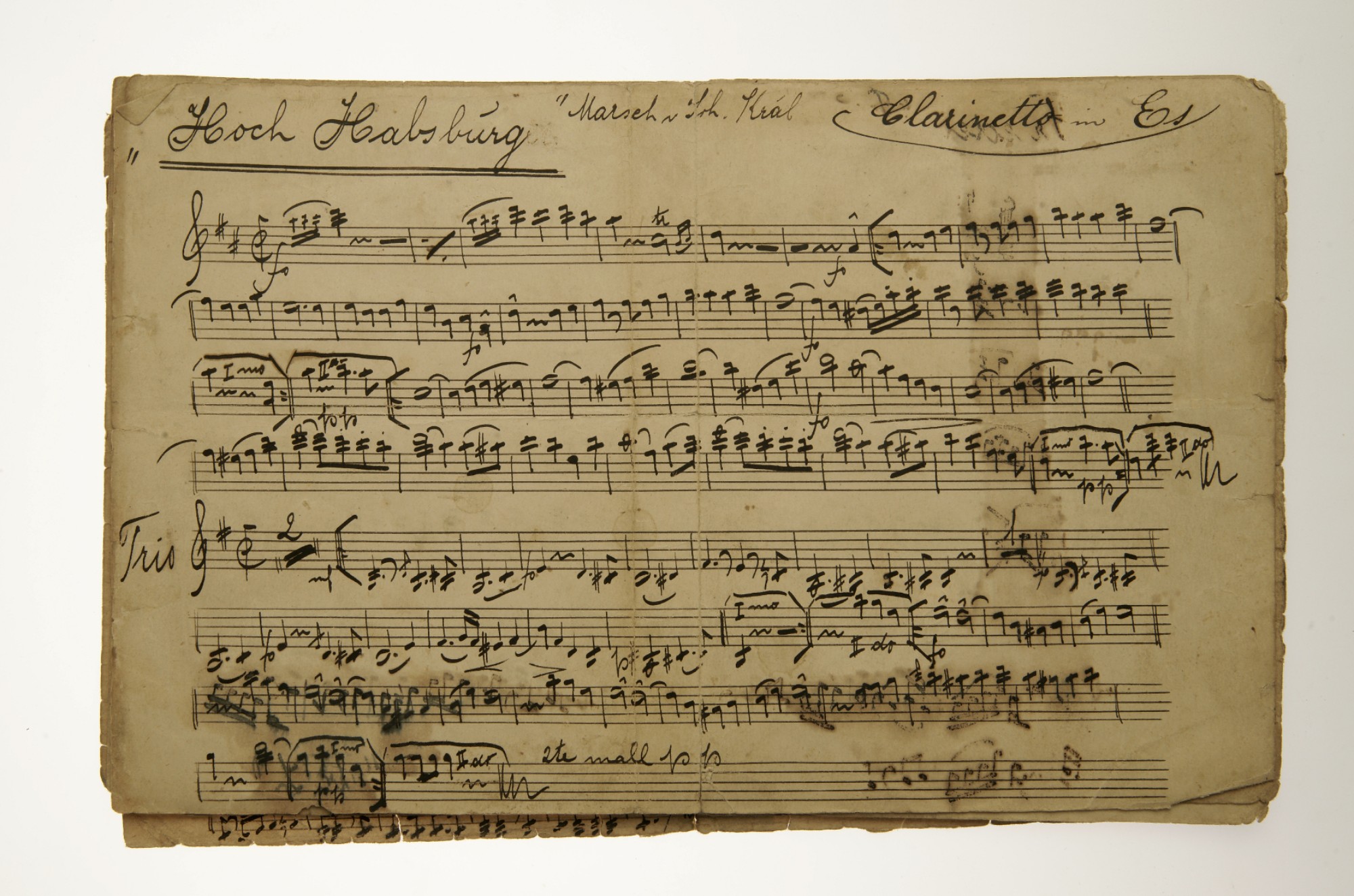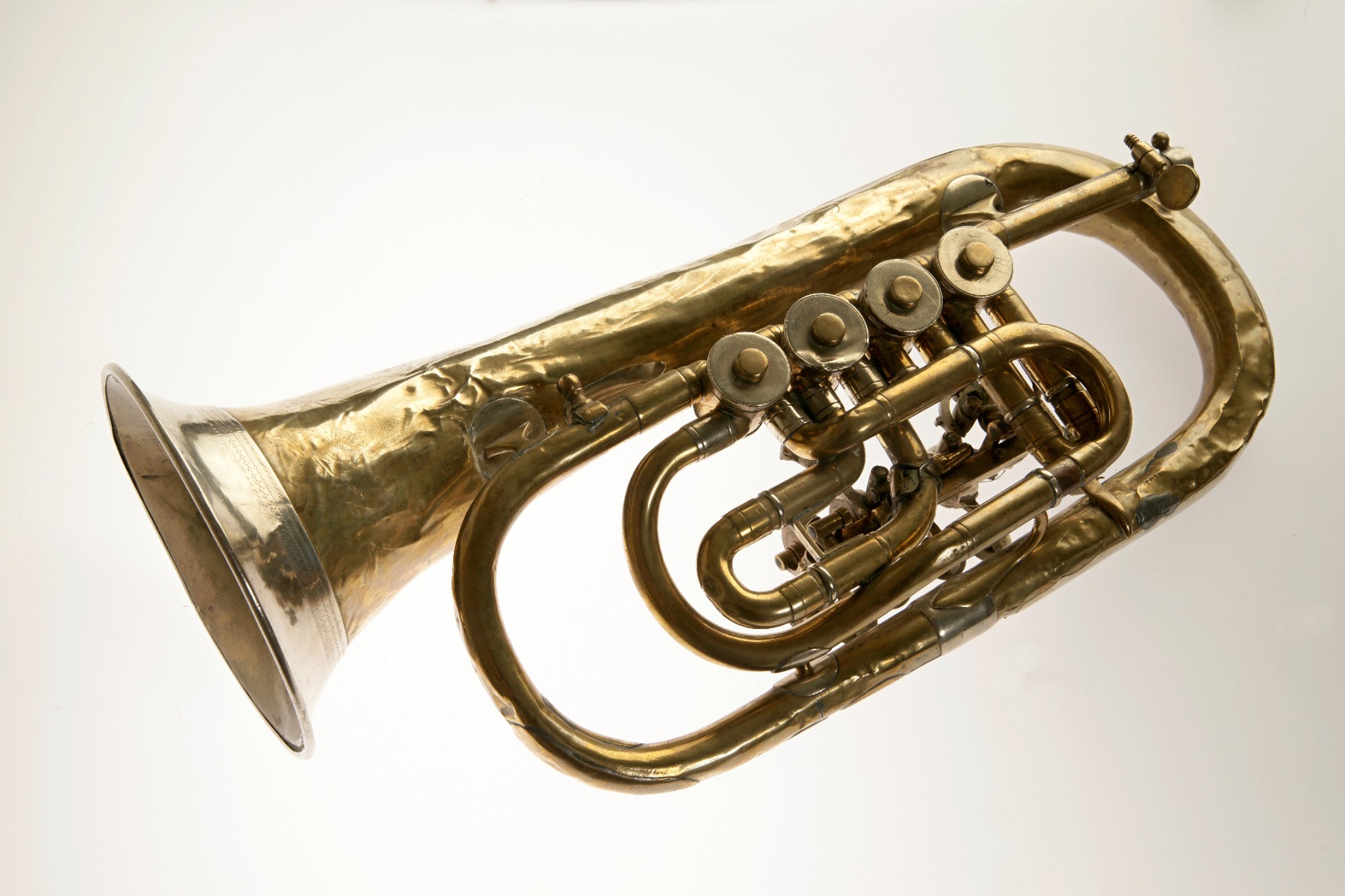Founded in 1951, the Bela Krajina Museum is located in Metlika Castle on the River Kolpa, the natural border between Slovenia and Croatia. The Museum houses a permanent collection of the cultural heritage of the Slovenian region of Bela krajina (White Carniola), which apart from historical and ethnographic artefacts includes some important musical exhibits chronicling the tradition of local wind bands.
The Museum also incorporates various off-site collections, including the Oton Župančič Memorial House in Vinica, the local Museum Collection Semič and the Kambič Gallery Metlika, which houses a collection of paintings by renowned artists; the building was the residence of Slovenian soprano Vilma Bukovec Kambič, an internationally acclaimed operatic diva.
The permanent museum collection chronicles the history of Bela krajina since 1200, the year when the River Kolpa was established as the frontier separating Kranjska (Carniola) and Croatia, and includes artefacts depicting Roman, medieval and contemporary history. The ethnological collection illustrates lifestyles in the nineteenth and twentieth centuries, when Črnomelj and Metlika were important hubs of arts and crafts and trade.
The music collection of the Bela Krajina Museum presents the centuries-old tradition of White Carniolan wind bands, which played an indispensable role on various social occasions, at state commemorations and church ceremonies, as well as dances and traditional folk rituals. Boasting a wide range of items, the Museum offers a vivid insight into the development of wind bands, whose predecessors were professional pipers and trumpeters. The Town Wind Band Metlika, whose tradition goes back furthest in time, is featured alongside the Črnomelj and Semič wind bands.
A significant part of the museum collection, the music section features items related to the repertoire and design of the uniforms of White Carniolan music ensembles, and includes archival materials, scores, photographs and other interesting exhibits associated with wind bands. The instrument collection features a piccolo, a flute, a clarinet from 1927, a variety of trumpets, including specimens from 1892, 1914 and 1930, a flugelhorn, euphonium, trombone, cymbals and a small drum with a peculiarly designed mallet. The instruments derive from various makers and provenances, including Graslitz (Bohemia), Brno, Zagreb, Milan and Trieste.
The wind band’s costume collection includes a uniform, a conductor’s music stand, a variety of peaked caps known as pladnjevka and a bandmaster’s baton.
The museum houses scores from the nineteenth and early twentieth centuries, including the overture to Nabucco by Verdi, as well as posters, programme notes and Kronika (Chronicle, an account of wind bands between 1848 and 1947) – a manuscript by Ivan Drobnič, all of which shed further light on the development of wind band performance programmes.
The permanent collection also features a theme exhibition of radio sets previously owned by Anton Stipanič, one of the founders of an organisation of radio amateurs. For his donation to the Museum, Stipanič was presented with the 2007 Valvasor Award.
The “Distinguished Figures of Bela Krajina” Collection at Vinica
The Oton Župančič memorial collection was inaugurated in Vinica in 1951, as part of the formal opening of the Bela Krajina Museum. Almost sixty years later, during renovation works, the idea emerged of expanding the exhibition by including other notable cultural figures of Bela Krajina. Selecting from 107 submissions, the committee singled out 40 artists and scientists, including eight musicians. The exhibition was mounted in 2011 in four first-floor rooms. A yellow room is dedicated to fine artists and musicians. The neatly arranged showcases display photographs, sheet music, manuscripts and personal objects of Marko Bajuk, Matija Tomc, Anton Lavrin, Slavko, Viktor and Silvester Mihelčič, Danilo Bučar and Mitja Gregorač.
Mestna godba Metlika (The Town Wind Band Metlika)
The early beginnings of White Carniolan wind bands in Metlika can be traced back to 1829. Although sources testifying to the formation of the oldest White Carniolan music ensemble, which, alongside the older Idrija wind band, is one of the longest-standing types of musical ensemble in Slovenia, are scarce, they nevertheless refer to a group that first included only a fiddle, clarinet and bass. In time, the instrumentation developed into a wind ensemble that comprised a trumpet, oboe, drum, cymbals and flutes, and played “Turkish music”. And it was this ensemble that was the precursor of the currently active Town Wind Band Metlika, whose founding year in 1850 was marked by a concert honouring the opening of the newly renovated local church.
The Town Wind Band Metlika accompanied processions marking church and state commemorations, gymnastic displays, Mardi Gras balls, local fetes and funerals, and on religious holidays provided the musical accompaniment to church singers during worship in Saint Nicholas’ Church.
In its 160-year history, the Band went through numerous changes to its line-up and a series of phases. The Band first comprised eleven members; during World War I the personnel was reduced to three, while World War II completely halted the band’s activity. The foundation of the Cultural and Educational Council in 1947 was the catalyst that reactivated the band. One of the highlights in the history of the Band is the jubilee year 1970, when an exhibition about the Band was formally opened at the Bela Krajina Museum in commemoration of its 120th anniversary. An important landmark in the history of the Band was the Reading Societies movement, which from 1890 served to raise and foster Slovenian national awareness by presenting a music repertoire at various cultural events. The Wind Band Metlika also performed for the German Debate Society Conversationsverein, which disapproved of the Reading Societies.
After 1945, the Band’s repertoire benefitted greatly from the introduction of music education, which provided for the training of the musicians, which until then had been the bandmaster’s task. Gaining in musical and technical refinement, the musicians could perform more challenging compositions and improve the quality of their performances, which comprised arrangements of overtures to operatic works, including Nabucco by Verdi, marches and national resistance or partisan songs.
Although the Band experienced a range of highs and lows, resulting from the replacement of bandmasters, lack of music education and suitable rehearsal rooms, their on-going activity has never been interrupted. The Metlika Wind Band presently comprises 58 members, and also holds concerts abroad.
Godba na pihala Črnomelj (Wind Band Črnomelj)
The Town Wind Band Črnomelj was formed in 1866 on the initiative of the self-taught diatonic button accordion player Mihael Kramarič, who invited two instrumentalists, a clarinettist and a trumpet player, to join the band. Kramarič and his co-members performed at weddings, and earned enough money to buy additional instruments and gradually extend the instrumentation. Formed in 1866, the Wind Band Čnomelj played under Kramarič’s baton at the inauguration ceremony of the Črnomelj Reading Society in 1868.
They performed at all major ceremonies and commemorations, including the celebration of the 50th anniversary of Franz Joseph I, Emperor of Austria, and celebrations marking the marriage between the heir-apparent of the Habsburg Dynasty, Archduke Rudolf, and Princess Stephanie of Belgium. After the Črnomelj Fire and Rescue Service was formed in 1882, the band performed at the annual fire parades and fetes on Saint Florian’s Day on 4 May until 1945, when the holiday was discontinued with the rise of socialism.
One the most compelling celebrations was the one marking the return of the grand (iron) bell to the Črnomelj Parish Church in 1918. The Home Guard Ministry in Vienna seized the former bronze bell with the aim of manufacturing gunmetal cannons, a fate shared at the time by most church bells.
In 1943, the ensemble performed at the Assembly of the Slovenian Nation’s Delegates in Kočevje under the baton of composer and conductor Rado Simoniti, and its members also played in the music ensemble of the Main Staff of the National Liberation Army under maestro Bojan Adamič.
For several decades after World War II, owing to leadership changes, bandmasters coming and going, the band existed in precarious circumstances, which did not stabilise until 1986 and the arrival of a leader, trumpet player and teacher Anton Kralj, who recruited his music students for the Band. The Band reformulated their programme guidelines, which they extended to include arrangements of film scores, standards and classical music compositions, and diversified their activities by making records.
The Črnomelj Wind Band has received numerous awards, including the 1997 Zupančič Municipal Distinction and, on its 140th anniversary, the 2006 Decoration of the Municipality of Črnomelj in recognition of its achievements.
Appearing extensively, the Band continues to perform on a regular basis, playing May Day ‘reveilles’ or wake-up parades, organising spring and festive December concerts and, as the proud winner of Gold and Bronze Decorations, participating in Slovenian band competitions.
Godba na pihala Semič (Wind Band Semič)
The history of various bands in Semič can be traced back to 1879 and 1882, and the mention of a band that performed a concert in celebration of the Emperor’s Anniversary. The Wind Band was active until 1914 as part the Catholic Society, established in 1910. Evidence exists testifying to the existence of two bands in the early twentieth century, at Krvavčji Vrh and Štrekljevec, under the leaders Anton Plut and Justin Martelanc. A precarious period, wartime hindered the bands’ activity, which did not really begin again until 2003. First performing under the auspices of the Cultural Society KUD Jože Mihelčič, the Wind Band Semič founded its own society in 2005 (Wind Band Cultural Society KUD Semič), which continues to organise Trobenta poje, a festival that attracts widespread public interest.
Vilma Bukovec Kambič
